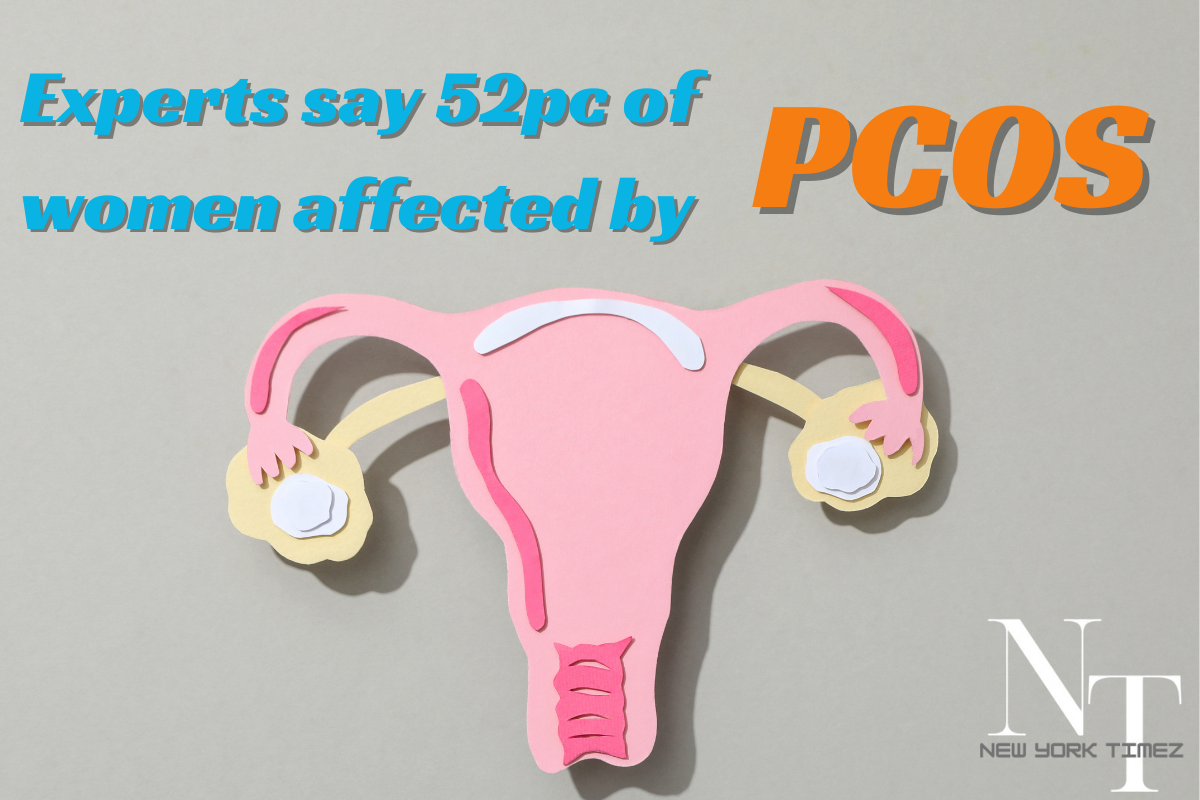
Fascinating World of Child Development Net Curtains
In the modern world our children’s are addicted to mobile phones and screens. Same is the case in our house, as my young siblings are using mobile phones too much and I believe that maximum houses has the same issue. This addiction is not just killing our children’s brain but also leads to negative thinking, bad health and less creative thinking.
Regardless of age, we all know that the environment has a significant impact on human life. When it comes to creating the perfect environment for children, we often focus on toys, furniture, and learning tools. However, net curtains are a little-known component that is very important to a child’s development. These subtle window coverings, which are often overlooked, have the power to quietly influence how kids understand their environment. Through the use of net curtains, the interaction of light, texture, and color can create a calming and developmentally supportive atmosphere.
Let’s dive into the fascinating world of child development net curtains, and see how this simple home decor item can influence a child’s early growth.
What Are Child Development Net Curtains?

Child development netcurtains are specially designed window treatments aimed at promoting safe, stimulating, and nurturing environments for children. Unlike standard curtains, these are crafted with lightweight, breathable materials that gently diffuse natural light without completely blocking it. They’re typically made of cotton blends, polyester, or lace with soft patterns or prints that can engage a child’s imagination and stimulate visual development. What sets them apart is their blend of safety, functionality, and educational value.
These curtains are increasingly popular among parents, daycare centers, and Montessori-inspired environments where the ambiance plays a significant role in early childhood learning, sensory growth, and overall childhood growth and development.
You Will Love To Read:- How Future Healthcare Technology is Elevating At-Home Care?
The Psychology Behind Environment and Child Growth
Scientific research consistently shows that a child’s immediate environment significantly impacts their emotional, cognitive, and physical development. Elements like color, light, and texture can affect a child’s behavior, sleep patterns, and mood.
- Natural Light: Exposure to natural daylight helps regulate a child’s circadian rhythm, improves mood, and supports healthy sleep habits. Net curtains allow this light to enter the room in a gentle, non-intrusive way.
- Color Psychology: Pastel and muted tones often used in child development net curtains can promote calmness and focus, whereas bold patterns and primary colors can boost creativity and energy levels.
- Texture and Pattern: Delicate weaves and patterns offer visual interest, which is especially important during the early stages of visual development.
Creating a sensory-rich environment doesn’t require flashy gadgets—something as simple as thoughtfully chosen net curtains can have a subtle yet lasting impact.
Why NetCurtains Are Perfect for Children’s Rooms?
There are several compelling reasons to consider net curtains for your child’s bedroom or playroom:
- Soft Light Diffusion: Net curtains filter sunlight, reducing glare and harsh shadows, creating a gentle ambiance conducive to relaxation and play.
- Enhanced Safety: Being lightweight and cordless, these curtains reduce risks associated with heavy drapes and dangling cords.
- Flexible Aesthetics: Available in numerous designs, net curtains can be tailored to suit any room theme—from fairytale forests to minimalist Montessori styles.
- Breathability: The open weave of net curtains allows for air circulation, preventing the room from becoming stuffy while still offering privacy.
Safety First: What Makes NetCurtains Ideal for Kids
Safety is paramount when designing spaces for children. Here’s how child development netcurtains tick all the boxes:
- No Cords or Chains: Most net curtain systems are cord-free or use tension rods, eliminating the strangulation risk posed by traditional blinds.
- Non-Toxic Fabrics: Opt for OEKO-TEX certified or organic materials that are free from harmful chemicals.
- Soft Edges and Lightweight: Unlike heavy drapes with hard metal grommets, net curtains are gentle and won’t injure a child if tugged or pulled.
- Allergy-Friendly: Their washable nature helps keep dust mites and allergens at bay, creating a healthier indoor environment.
Educational & Visual Stimulation Benefits

A child’s brain undergoes tremendous development in the first few years of life. Visual stimulation is crucial in strengthening cognitive connections. Net curtains can serve as passive educational tools by integrating subtle yet impactful design features:
- Colors and Patterns: Light animal prints, letters, or numbers can become daily visual stimuli that support learning.
- Themes: Curtains with ocean life, stars, or nature motifs can trigger curiosity and imaginative thinking.
- DIY Add-Ons: Attach felt shapes or Velcro pieces for tactile interaction, making curtains part of a sensory play experience.
Montessori classrooms often use soft, natural aesthetics—a principle easily applied at home with well-chosen net curtains.
You Will Love To Read:- Oneframework 6 ways technology affects your sleep health
Design Tips: How to Choose the Right Net Curtains?
Selecting the ideal curtains isn’t just about appearance. Here are key factors to consider:
- Fabric Choice: Go for breathable and durable fabrics like cotton blends or polyester lace. Ensure they are machine washable for practicality.
- Color Selection: Use light, calming shades such as pale blue, soft green, or creamy white. These support tranquility and better focus.
- Room Theme Coordination: Match curtain designs with wall decals, rugs, or bedding to create a cohesive and comforting environment.
- DIY Ideas: Add embroidered names, felt appliques, or ribbon borders to personalize the curtains for your child.
Real-Life Examples and Testimonials
Emma, a mom of two, shared: “We replaced blackout blinds with net curtains in our toddler’s room. Not only did it make the room brighter and airier, but our son also started waking up in a better mood and sleeping more consistently.”
Liam, a daycare owner, noted: “The shift to net curtains dramatically improved the overall vibe of our classrooms. Children seem more relaxed and engaged during activities.”
Dr. Hannah Lee, child psychologist, explains: “Creating a visually soft and naturally lit environment can significantly reduce anxiety and overstimulation in children, supporting healthier emotional development.”
Where to Buy the Best Child Development NetCurtains?
Looking to upgrade your child’s room? Here are some top platforms and brands that offer high-quality child development net curtains:
- Etsy: For handmade and customizable options with creative designs.
- IKEA: Affordable and minimalist options perfect for modern nurseries.
- Wayfair & Amazon: A wide variety of styles and price ranges, with user reviews to guide your purchase.
Conclusion: Fascinating World of Child Development Netcurtains
From enhancing natural light to offering safe and sensory-rich surroundings, child development netcurtains are more than a decorative element—they’re a strategic tool for nurturing growth. Parents and caregivers often seek out toys and educational materials, but sometimes the simplest changes, like installing the right curtains, can yield the most meaningful benefits. Whether you’re designing a nursery, playroom, or classroom, consider how something as unassuming as a net curtain can play a powerful role in a child’s developmental journey.
So, if you found this article help full then dont hesitate to share it with your friends, family, and collogues who must know about Fascinating World of Child Development Netcurtains.
FAQs About Fascinating World of Child Development Netcurtains
We have deeply covered each and everything about Fascinating World of Child Development Netcurtains. However if you have any other questions or queries in your mind then dont hesitate to use our contact us page. Our team of experts will be available to answer all your questions 24/7.
Q1: What are the five main areas of child development?
Physical, cognitive, communicative, socioemotional, and adaptive are five main areas of child development.
Q2: Are net curtains safe for toddlers?
Yes, especially those without cords and made from non-toxic materials. They reduce the risks of suffocation or injury compared to heavier drapes or blinds.
Q3: What is interesting about child development?
Approximately 80% of the human brain’s structure develops between birth and age three, and up to 90% is formed by the age of five. During these formative years, children require a safe and supportive environment to foster learning. As natural explorers, they are constantly discovering new things and acquiring essential skills.
Q4: How do netcurtains help in child development?
They allow natural light, reduce harsh shadows, and provide a calm visual environment that supports emotional and cognitive growth.
Q5: What is the most important part of child development?
The most crucial element of a child’s development is their interactions with peers and adults. Social interaction, which is connected to language development as well as other facets of identity and well-being, is beneficial even for toddlers and kids.
Q6: Can I use net curtains in Montessori-style rooms?
Absolutely. Their simplicity and natural feel align with Montessori principles of creating peaceful and sensory-friendly spaces.
Q7: Do net curtains block out enough sunlight for naptime?
While they filter light, they don’t completely block it. Pair with blackout liners or shutters for adjustable light control.
Q8: What fabric is best for nursery net curtains?
Look for breathable, washable materials like cotton-polyester blends. Organic fabrics are preferable for reducing exposure to allergens.






















































